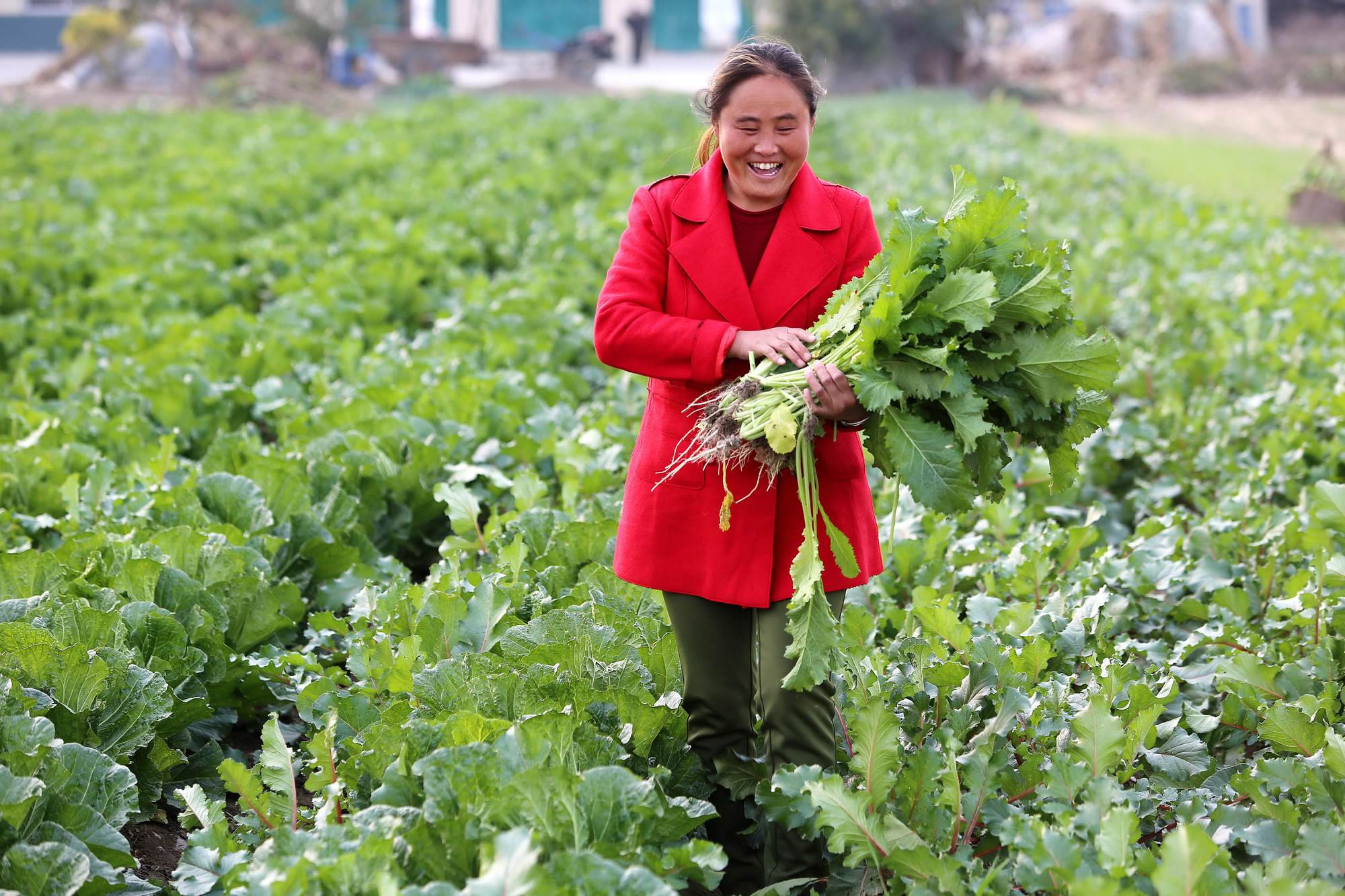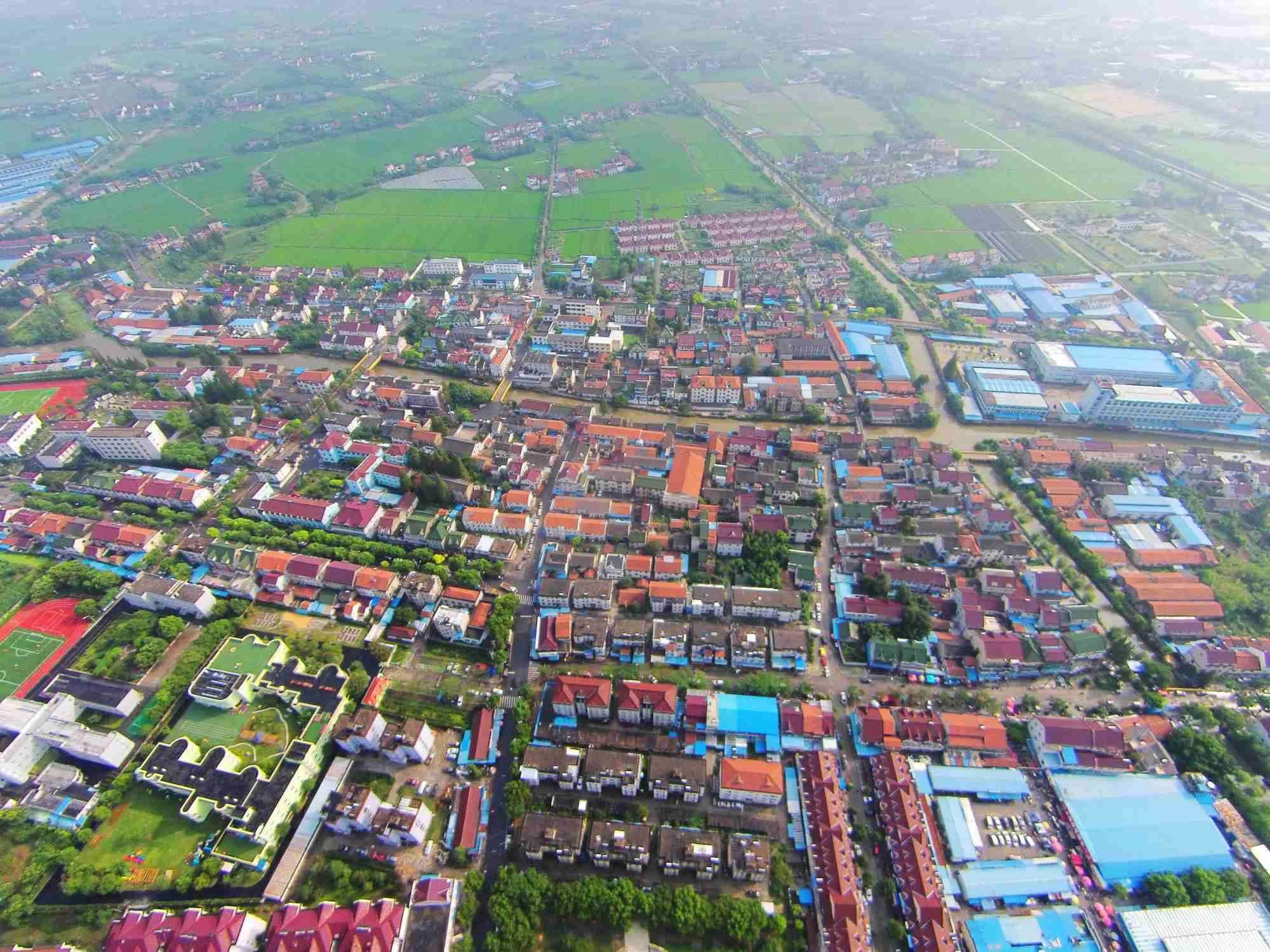
Opinions
17:12, 31-Dec-2017
Opinion: What does the Central Rural Work Conference tell us about South-South cooperation?
Guest commentary by Xu Xiuli

The annual Central Rural Work Conference closed in Beijing just before year-end. It set the tone for next year’s agricultural and rural development. The conference focused mainly on domestic agricultural development issues such as land reform, science and technology development, infrastructure, governance structure and capacity building.
There was no discussion on international agricultural cooperation but light can still be shed on future South-South cooperation in agriculture. Some of the very important agricultural development experiences in China can be shared with other developing countries.

A farmer harvests green vegetables in Bengbu City in east China's Anhui Province. /VCG Photo
A farmer harvests green vegetables in Bengbu City in east China's Anhui Province. /VCG Photo
Strong political commitment and leadership
Agricultural and rural development has enjoyed the highest political priority in China, a vast country with a huge population but increasing resource constraints. A public institutional architecture was established to ensure that the strong political commitment to agricultural development can translate into effective pro-poor agricultural policy making and implementation.
The governing party and administrative system dedicated to agricultural policy consultation, policy making, funding, implementation, monitoring and evaluation is one of the impressive parts of the strong development architecture. Within the Central Committee of the Communist Party of China, the Leading Group Office for Rural Work designs all the key agricultural strategies and policies. It also acts as a coordinator to integrate agriculture-related policies for different sectors and guiding resource allocations.
The annual Central Rural Work Conference is convened by the Leading Group and ensures strategy consistency and policy coordination among the provinces. For instance, the rural vitalization strategy, announced at the 19th Party National Congress in October, was soon echoed as a vital element at the conference in December. A three-step roadmap was unveiled:
• By 2020, the vitalization strategy should achieve important progress, with an institutional framework and policy system basically formed.
• By 2035, decisive progress should be made with basic modernization of agriculture and rural areas.
• By 2050, the rural areas should see all-around vitalization featuring strong agriculture, a beautiful countryside and well-off farmers.
With a clear timeline available, we can expect that more specific policies, programs and projects will be developed and delivered soon level by level to ensure the translation of the strategy into real actions.

New housing in a suburb of Shanghai. /VCG Photo
New housing in a suburb of Shanghai. /VCG Photo
Addressing urban-rural development
During 1978-1985, the population living in poverty was halved due to a fast agricultural development rate that reached 8 percent annually. The structural transformation from grain farming to cash crop production, then to animal husbandry and fishing development, and finally to off-farm activity linked to gradual industrialization and urbanization lifted 790 million people out of poverty in China.
During the agriculture-based poverty reduction and development process, priority setting, particularly balancing and rebalancing the urban and rural benefits, are quite crucial as is improving staple food productivity to ensure food security first, followed by gradual structural transformation toward higher value-added production and market access in agriculture and rural areas. The gradual development process is, on the one hand, to ensure the stability of the rural areas, and on the other, to pave the way for urban-based industrialization.
This year, the conference saw the turning point for a fundamentally new relationship between urban and rural areas. Delegates called for more efforts to advance integrated urban-rural development with more focus on improving infrastructure, education and public services in rural areas. The basic rural operation system should be consolidated and improved, while supply-side structural reform in rural areas should be deepened. Measures will be taken and resources will be channeled to rural areas to fulfill the “rural vitalization” in the near future.

Farmers in the field. /VCG Photo
Farmers in the field. /VCG Photo
Presenting China’s approaches in contributing to the SDGs
China’s agricultural development policies have been balanced among three main goals during the last several decades, i.e., national food security, farmer’s income improvement and environmentally sustainable development.
In the early decades before the 1990s, the focus was more on national food security and industrialization. With the productivity greatly improved, farmers' income gained higher attention. With recent years of pollution and associated food safety issues arousing more and more attention, protection of the environment moved to the center.
The conference urged green development. It was emphasized that China must boost harmony and coexistence between humans and nature, and inherit, develop and enhance farming civilization. Rural areas are a major front for one of China's "three tough battles" for the next three years-preventing and defusing major risks, targeted poverty alleviation and tackling pollution. Rural vitalization has therefore been deemed as the main approach in contributing the global Sustainable Development Goals (SDGs).
(The author is a professor of development studies and deputy dean of the China Institute on South-South Cooperation in Agriculture at China Agricultural University. The article reflects the author’s opinion, and not necessarily the views of CGTN.)

SITEMAP
Copyright © 2018 CGTN. Beijing ICP prepared NO.16065310-3
Copyright © 2018 CGTN. Beijing ICP prepared NO.16065310-3